I suppose that if there was one disappointment about the location of our hotel it was the fact that most of the area between the road to Cavelossim and the beach was actually a military firing range and it was a prohibited area. We only heard firing on one day although on another airforce jets were screaming past very close by and they were extremely low, extremely loud!

For the most part I didn't wander too far, a kilometre or so at most but I found plenty to keep me occupied, photography was always a challenge for a variety of reasons. The heat which became too uncomfortable to take after mid morning. The insects biting when you went anywhere in the shade and sometimes when you were out of it too! The hardest part was getting a decent view!
I'd wander across the road from the hotel

and find my way through the undergrowth and trees bordering a high wall that surrounded the firing range.

The sound of bird song was surrounding you but often you couldn't pin point where it was coming from
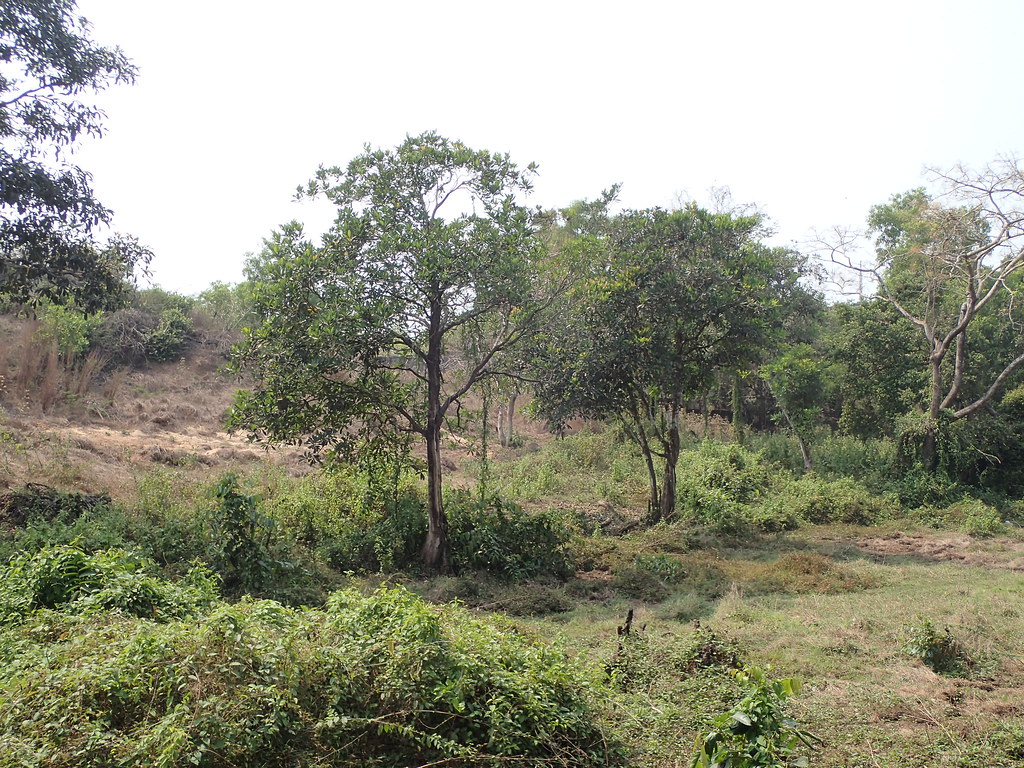
Add to that the camouflage some birds have and it was a nightmare.
Spot the bird in this shot!
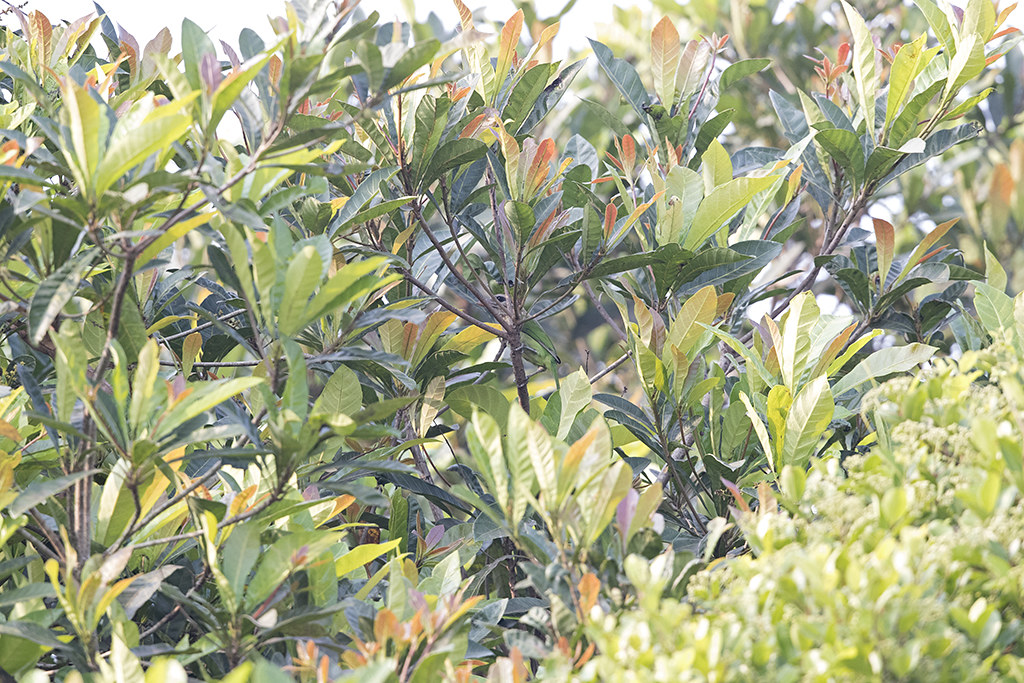
Fortunately not everywhere was quite as bad and on occasions I got some really decent views. Although a bit distant I was absolutely delighted to find this Black-winged Kite hunting from some electricity wires on my very first outing.
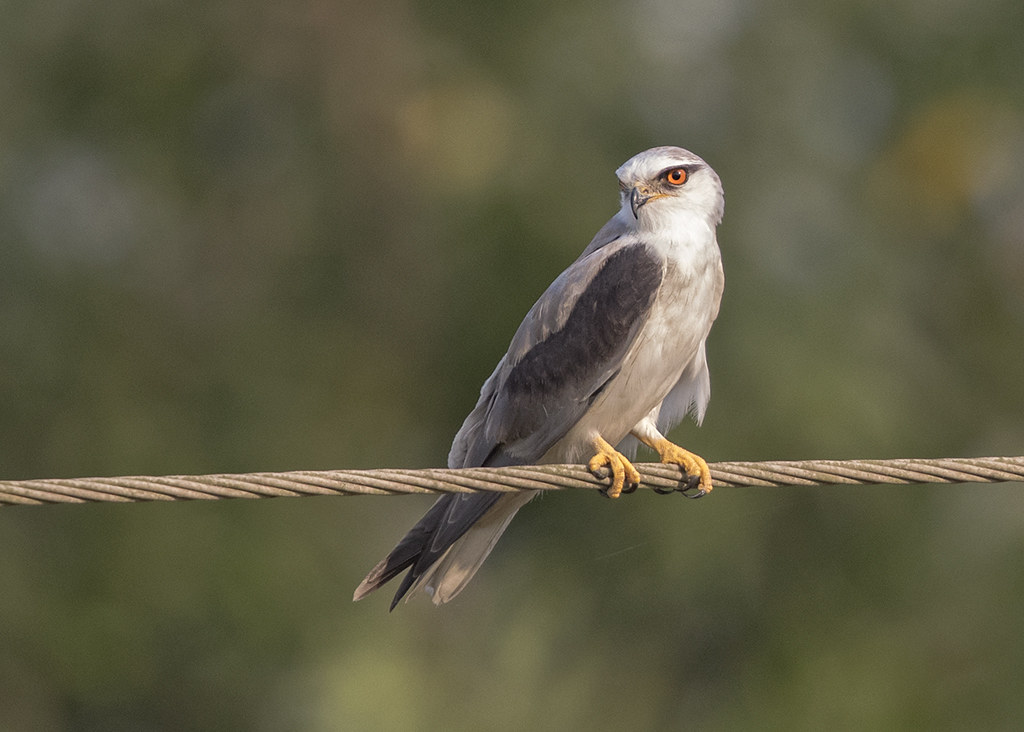
For the most part it hovered some distance away

but nevertheless I was delighted to get these views.

Anyone who read my Spanish blog might remember that earlier last year I spent 16 long hours locked in a tiny hide that wasn't big enough to stand up in waiting, without success to see this bird ( or any other for that matter) so this was very, very special to me. It was a free spectacle too, I'd paid 120 euros for the previous attempt!
Someone must have been smiling on me though because that was the only time I saw one.
There were other sights and captures I was pleased with though. Beneath the wires the local farmer had set fire to the field to burn off the stubble from the rice crop and I got some shots of the Cattle Egrets that were waiting to pounce on the fleeing insects.
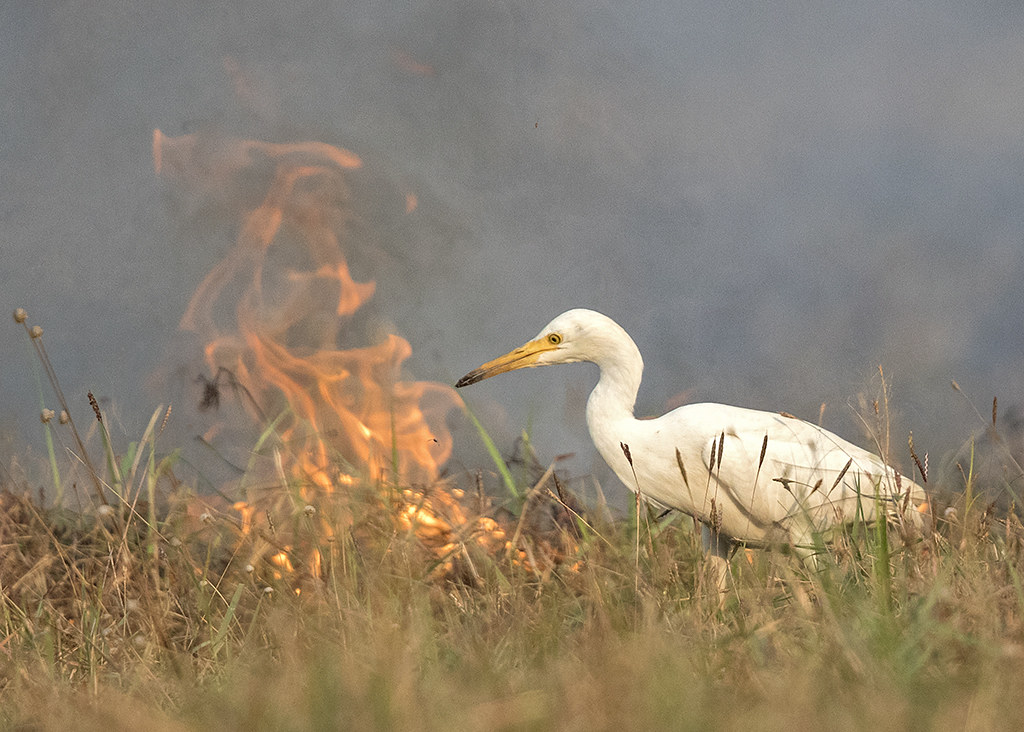
a bit different form anything I have photographed before too.
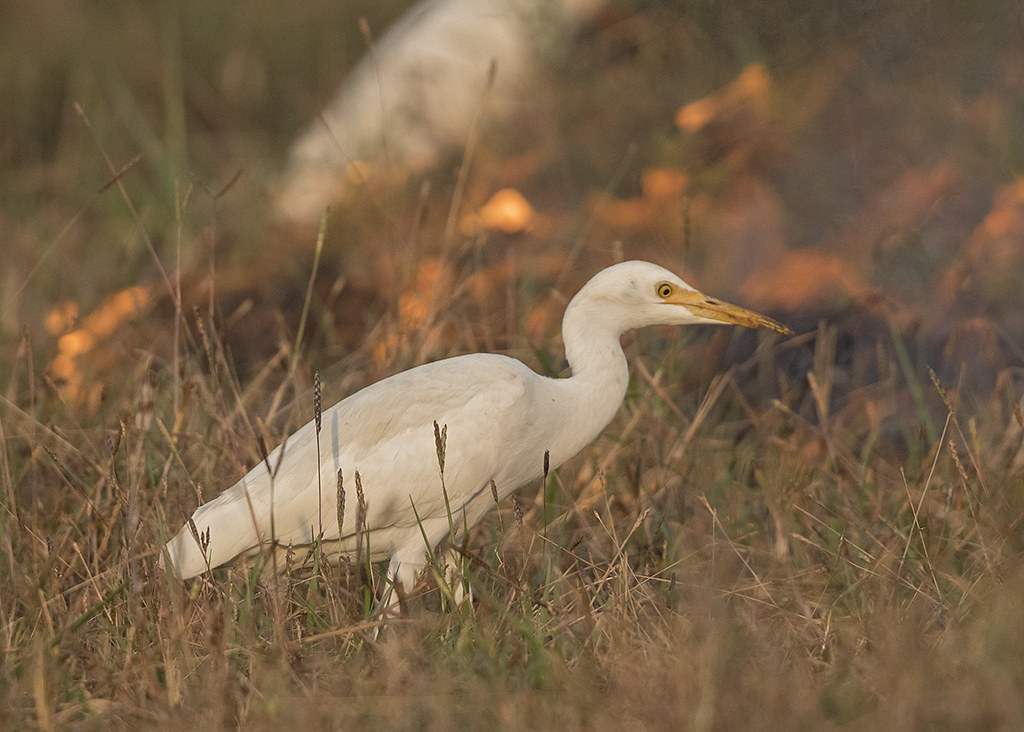
It wasn't just the Egrets either, Myna Birds, Drongos and Swallows were all taking advantage of the opportunities too.
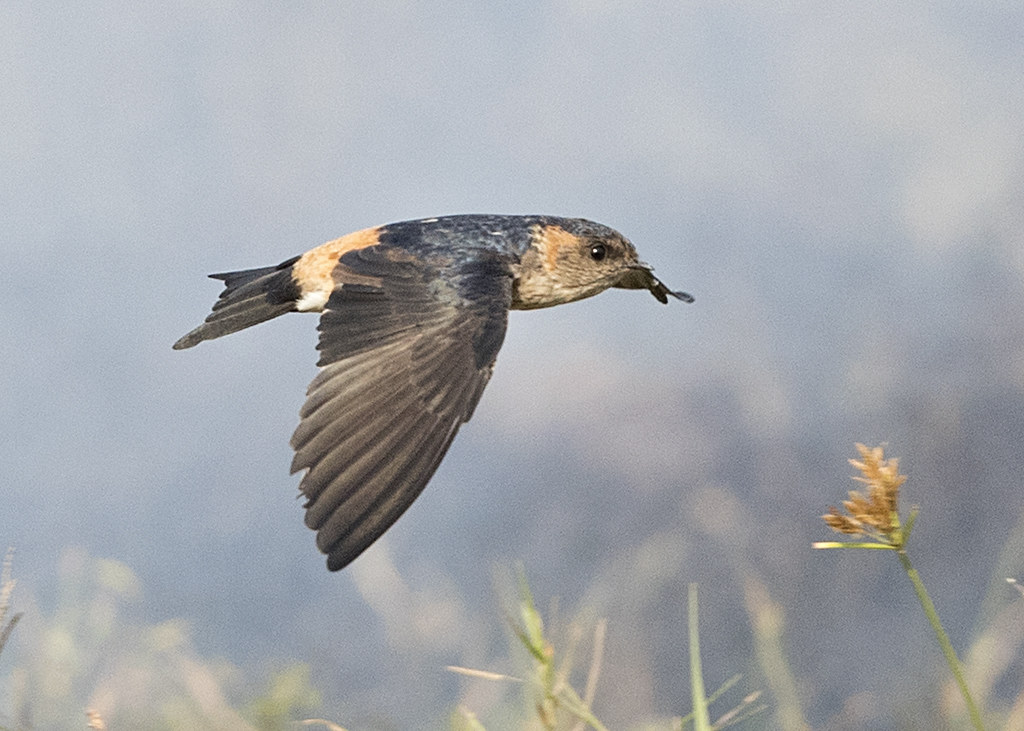

The latter two a damn site more difficult subjects too.
I had done some research before leaving home and found a trip report by someone who had stayed in Cavelossim so that had given me some idea of what I might see but he had visited in November time when there was much more water around. By March it was virtually dried up everywhere although I did find one muddy pond that proved to be popular with an amazing number of birds, albeit not too approachable ones either.
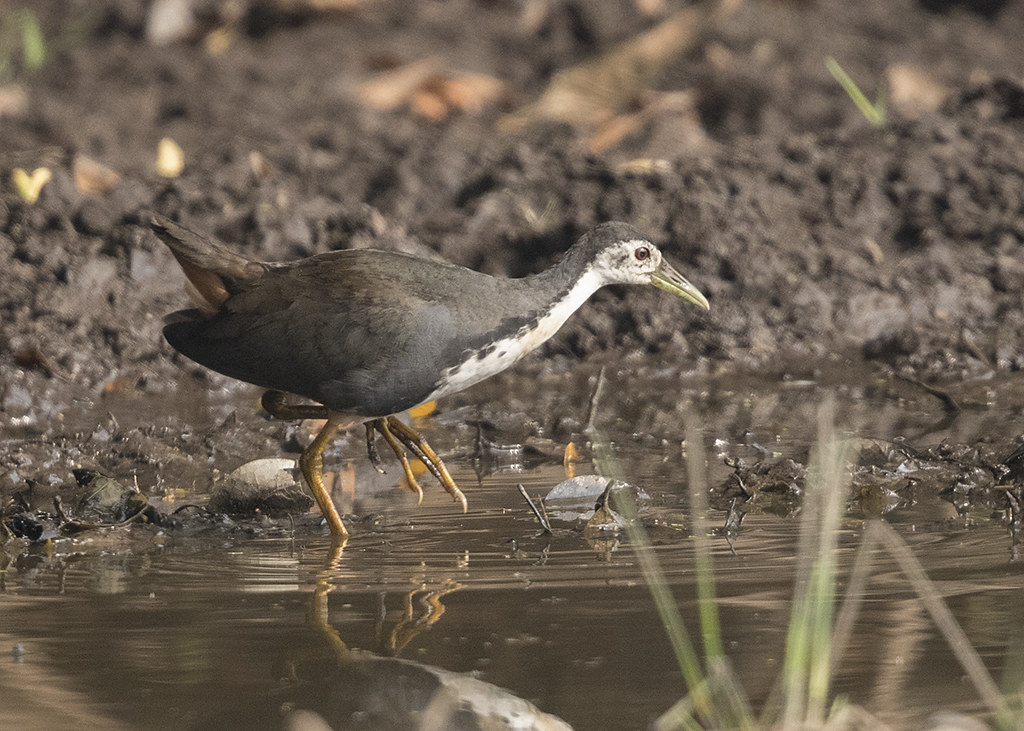
The White-breasted Waterhen would dash for cover whilst the Wooly-necked Storks would wander out in to the open area ready to fly if deemed necessary.
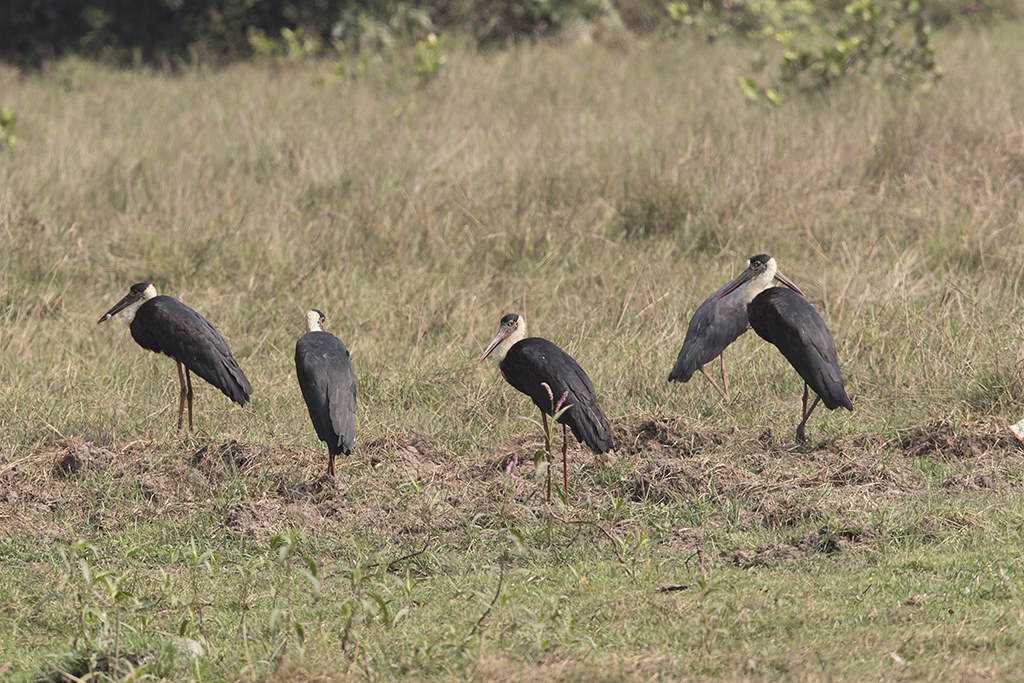
They usually did!
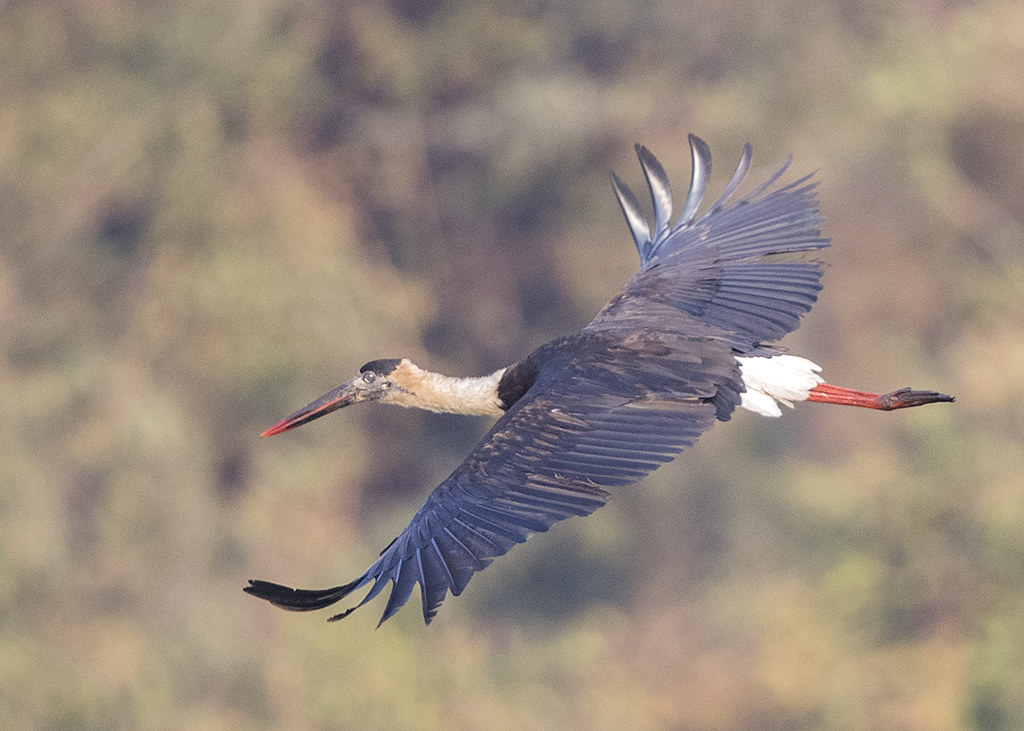
Having been to The Gambia just a few weeks previously it was noticeable how less confiding the majority of species seemed to be. Why I don't know. Perhaps they are more threatened by humans either here or wherever they come from.
I guess some could be treated as a food source perhaps?
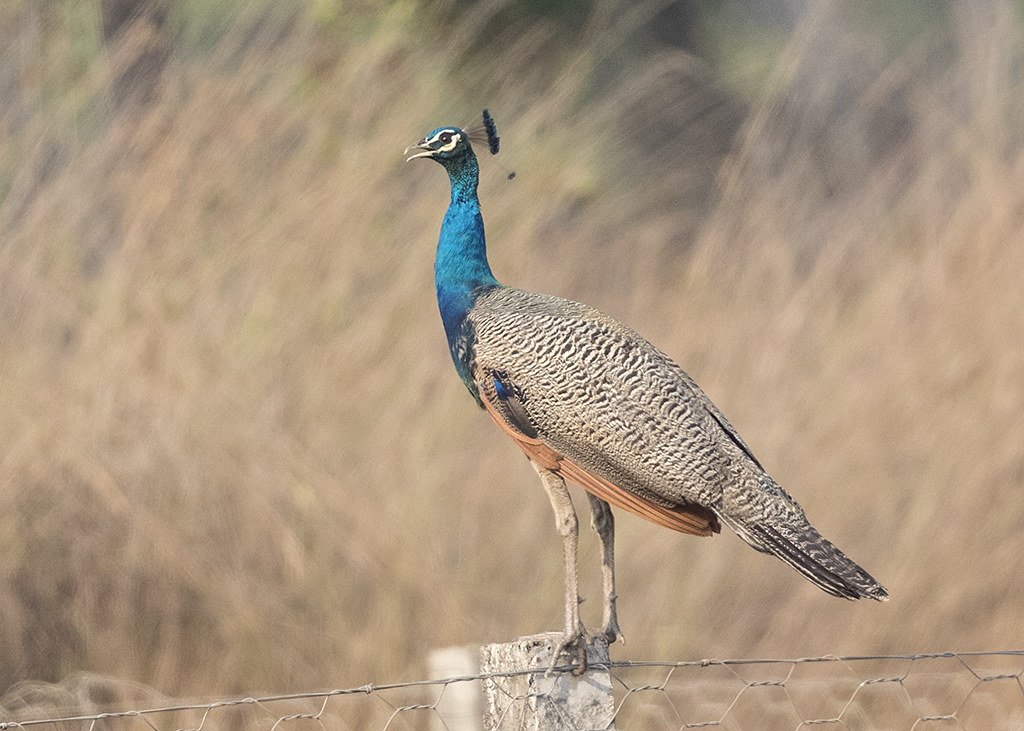
Certainly they used to feature on prestigeous menus in the distant past both here in the UK and abroad.
I did find one other source of water though, well two actually.
The first was a large man made lake which had a small amount of "beach" which attracted one or two waders like this Pacific Golden Plover

The surrounding area was a building zone so I'm not sure what is happening there but in the meantime it is an attractive place for other Lapwings too.
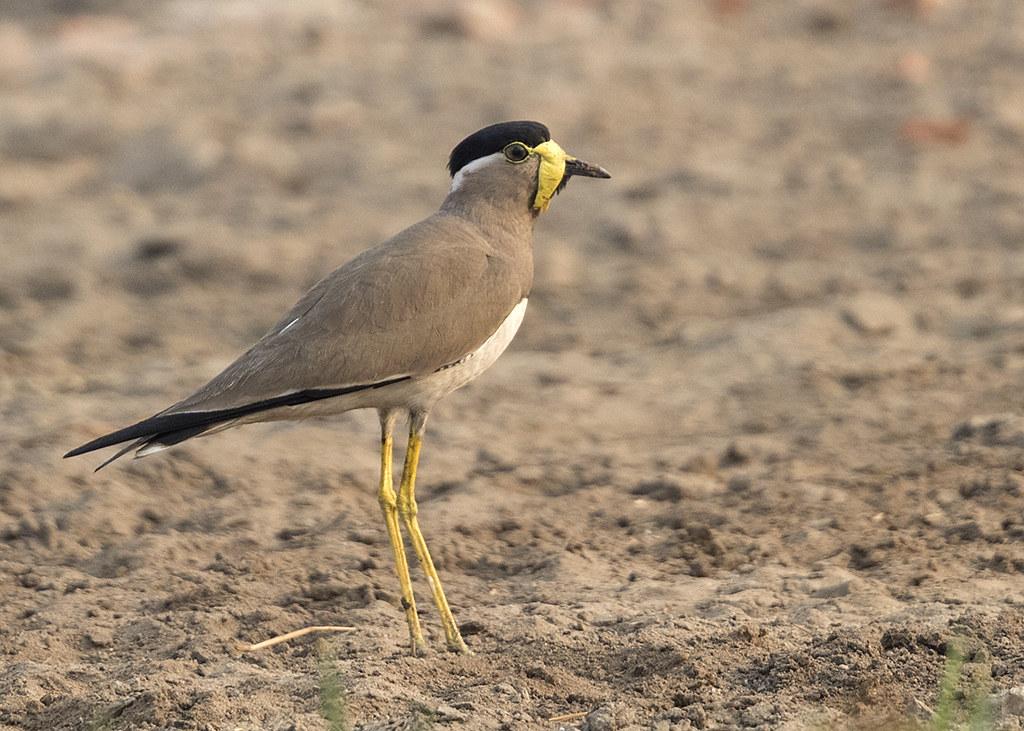
Both Yellow-Fronted and Red-Wattled
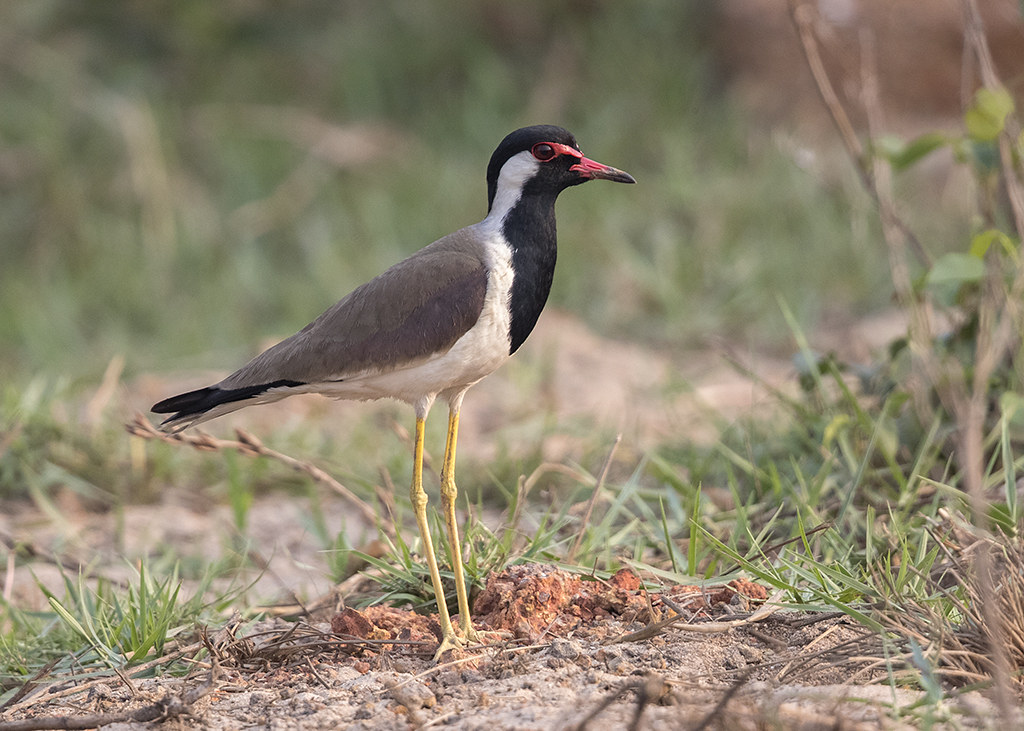
The other source of water was the the nearby beach, and what a beach it is too!
T.B.C.

For the most part I didn't wander too far, a kilometre or so at most but I found plenty to keep me occupied, photography was always a challenge for a variety of reasons. The heat which became too uncomfortable to take after mid morning. The insects biting when you went anywhere in the shade and sometimes when you were out of it too! The hardest part was getting a decent view!
I'd wander across the road from the hotel

and find my way through the undergrowth and trees bordering a high wall that surrounded the firing range.

The sound of bird song was surrounding you but often you couldn't pin point where it was coming from

Add to that the camouflage some birds have and it was a nightmare.
Spot the bird in this shot!

Fortunately not everywhere was quite as bad and on occasions I got some really decent views. Although a bit distant I was absolutely delighted to find this Black-winged Kite hunting from some electricity wires on my very first outing.

For the most part it hovered some distance away

but nevertheless I was delighted to get these views.

Anyone who read my Spanish blog might remember that earlier last year I spent 16 long hours locked in a tiny hide that wasn't big enough to stand up in waiting, without success to see this bird ( or any other for that matter) so this was very, very special to me. It was a free spectacle too, I'd paid 120 euros for the previous attempt!
Someone must have been smiling on me though because that was the only time I saw one.
There were other sights and captures I was pleased with though. Beneath the wires the local farmer had set fire to the field to burn off the stubble from the rice crop and I got some shots of the Cattle Egrets that were waiting to pounce on the fleeing insects.

a bit different form anything I have photographed before too.

It wasn't just the Egrets either, Myna Birds, Drongos and Swallows were all taking advantage of the opportunities too.


The latter two a damn site more difficult subjects too.
I had done some research before leaving home and found a trip report by someone who had stayed in Cavelossim so that had given me some idea of what I might see but he had visited in November time when there was much more water around. By March it was virtually dried up everywhere although I did find one muddy pond that proved to be popular with an amazing number of birds, albeit not too approachable ones either.

The White-breasted Waterhen would dash for cover whilst the Wooly-necked Storks would wander out in to the open area ready to fly if deemed necessary.

They usually did!

Having been to The Gambia just a few weeks previously it was noticeable how less confiding the majority of species seemed to be. Why I don't know. Perhaps they are more threatened by humans either here or wherever they come from.
I guess some could be treated as a food source perhaps?

Certainly they used to feature on prestigeous menus in the distant past both here in the UK and abroad.
I did find one other source of water though, well two actually.
The first was a large man made lake which had a small amount of "beach" which attracted one or two waders like this Pacific Golden Plover

The surrounding area was a building zone so I'm not sure what is happening there but in the meantime it is an attractive place for other Lapwings too.

Both Yellow-Fronted and Red-Wattled

The other source of water was the the nearby beach, and what a beach it is too!
T.B.C.
No comments:
Post a Comment